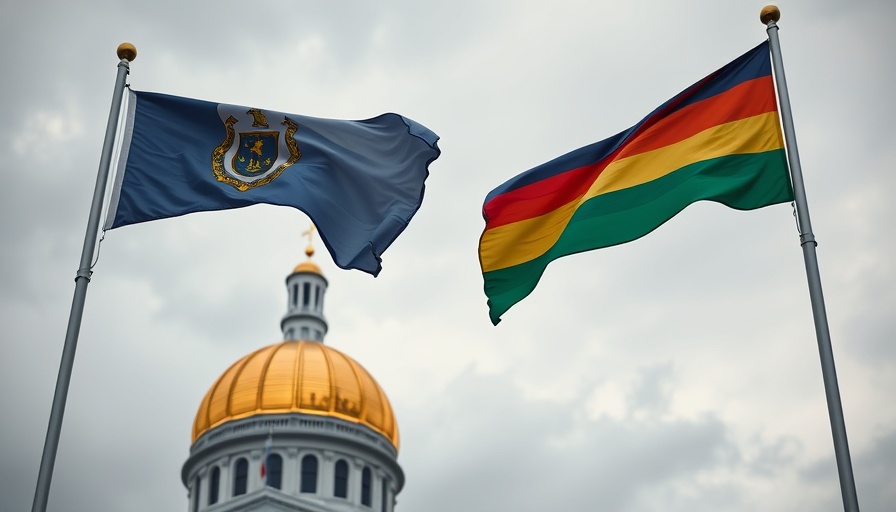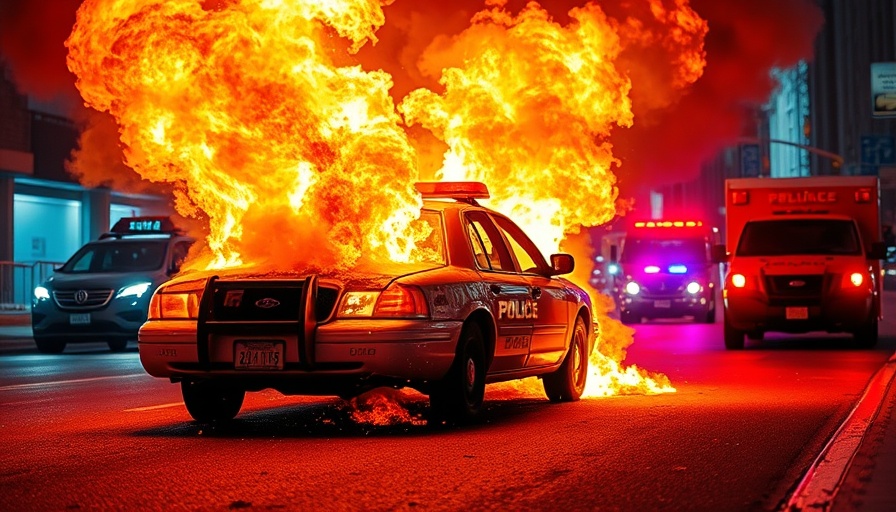
Massachusetts Flag Debate Heats Up Among GOP Candidates
The discussion over the Massachusetts state flag has sparked a lively debate among Republican candidates vying to unseat Governor Maura Healey. As the state contemplates a redesign of its flag, seal, and motto, challengers like Mike Kennealy and Brian Shortsleeve vocalize their commitment to preserving the historic symbols currently in use.
Cultural Significance and Controversy
The Massachusetts flag features the state seal, which depicts a Wampanoag leader, Massasoit, beneath a disembodied arm holding a sword. This imagery has drawn heavy criticism, particularly from Indigenous communities that argue it perpetuates a colonialist narrative. As the commission tasked with recommending new designs faces off against traditionalists, it highlights a pivotal intersection of history, culture, and political sentiment.
Competing Designs and Public Opinion
Last month, the Massachusetts Seal, Flag, and Motto Advisory Commission announced three finalists for each category, spurring a wave of public interest. Among the proposed flags reflect Massachusetts’ heritage through symbols like the mayflower and state bird, appealing to modern sensibilities. Interestingly, candidate Shortsleeve conducted a poll which showed overwhelming support for keeping the current flag, suggesting a significant divide in public opinion.
Forward-Looking Challenges
As the candidates posture themselves in opposition to the flag redesign plans, they capitalize on a sense of nostalgia and pride in Massachusetts’ legacy. However, Governor Healey remains focused on other pressing issues like the economy and health care, stating that she will carefully consider the Commission's recommendations. The tension between honoring tradition and evolving societal values may define not just the flag, but also the underlying political landscape.
Looking Ahead: The Future of Massachusetts Symbols
The contrast of perspectives raises questions about how Massachusetts’s identity continues to evolve. Will the voices advocating for change be heard as the state moves forward? Or will traditionalists succeed in maintaining the status quo? As this debate unfolds, it reflects a broader dialogue about inclusivity and representation in state symbols.
 Add Row
Add Row  Add
Add 




Write A Comment